Zion’s towering cliffs, carved over millennia, are more than geological wonders—they are silent witnesses to centuries of human determination and ingenuity. From the Indigenous Paiute trails that scaled the canyon walls to the daring ascents of modern climbers, these cliffs tell a story of connection, challenge, and triumph.
The Ascent and Descent Project dives into this rich history, documenting the evolution of climbing and human interaction with Zion’s vertical landscapes. From early pioneer routes to iconic climbing achievements like the first ascent of the Great White Throne in 1927, the project highlights the resilience and creativity of those who navigated these awe-inspiring walls.
“A well-known one-star review of Zion National Park states, ‘Scenery is distant and impersonal,’” said Project Lead Courtney Mackay. “But when you uncover the stories of how humans have grappled with these sheer cliffs—how they’ve climbed, created trails, and connected with this environment—you realize just how personal Zion really is.”
Climbing, after all, is about more than reaching a summit. As noted climber and author Greg Child once reflected, “Somewhere between the bottom of the climb and the summit is the answer to the mystery why we climb.” Zion’s sandstone walls offer climbers that exact journey, drawing adventurers from around the world to tackle routes like Angel’s Landing and Moonlight Buttress.
While the project focuses on the history of human ascent and descent, Zion’s cliffs remain a vital part of the climbing community today. Local and regional climbing groups advocate for sustainable practices, preserve access to iconic routes, and celebrate the challenges that Zion’s big wall sandstone presents to climbers of all levels.
At the heart of the project is the development of a comprehensive climbing history. A graduate student will work alongside Zion’s archeologists, museum staff, and local stakeholders to capture oral and written accounts of this evolving relationship with the park’s cliffs. This history will serve as a foundation for interpretive materials and guide future efforts to manage climbing routes sustainably. By sharing the stories of Zion’s vertical challenges, the project not only honors the past but also strengthens connections between visitors and the park’s dramatic landscape.







